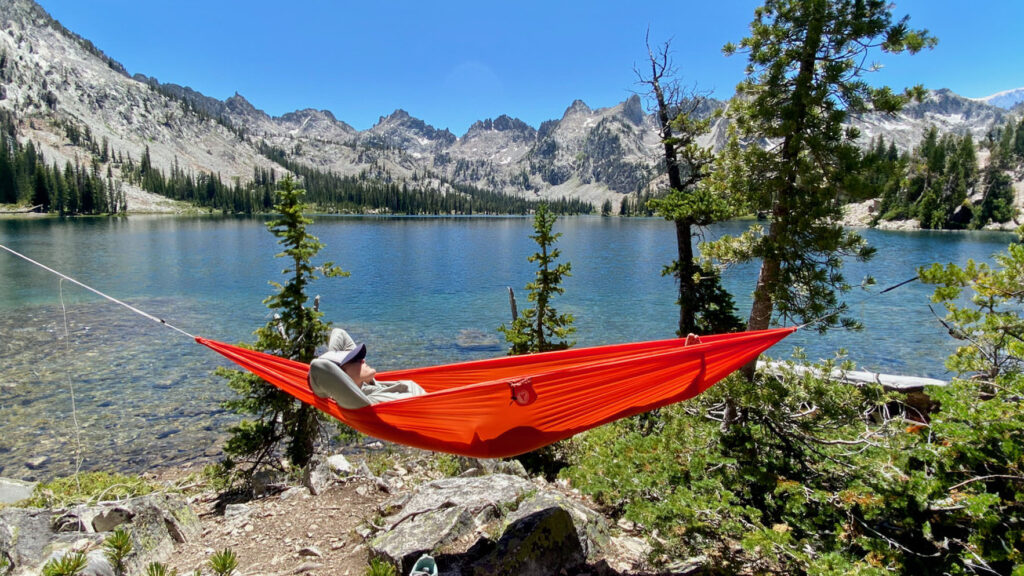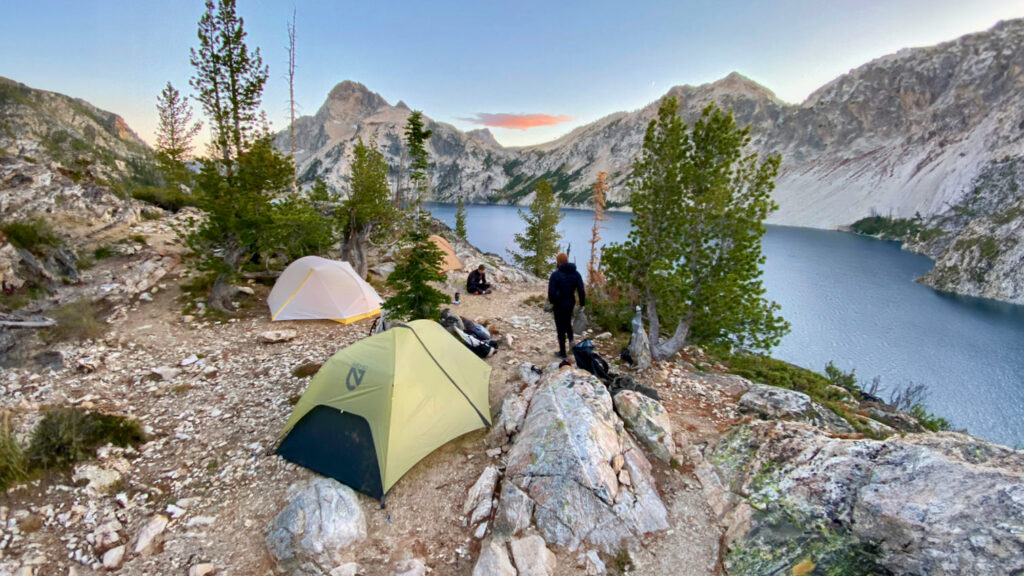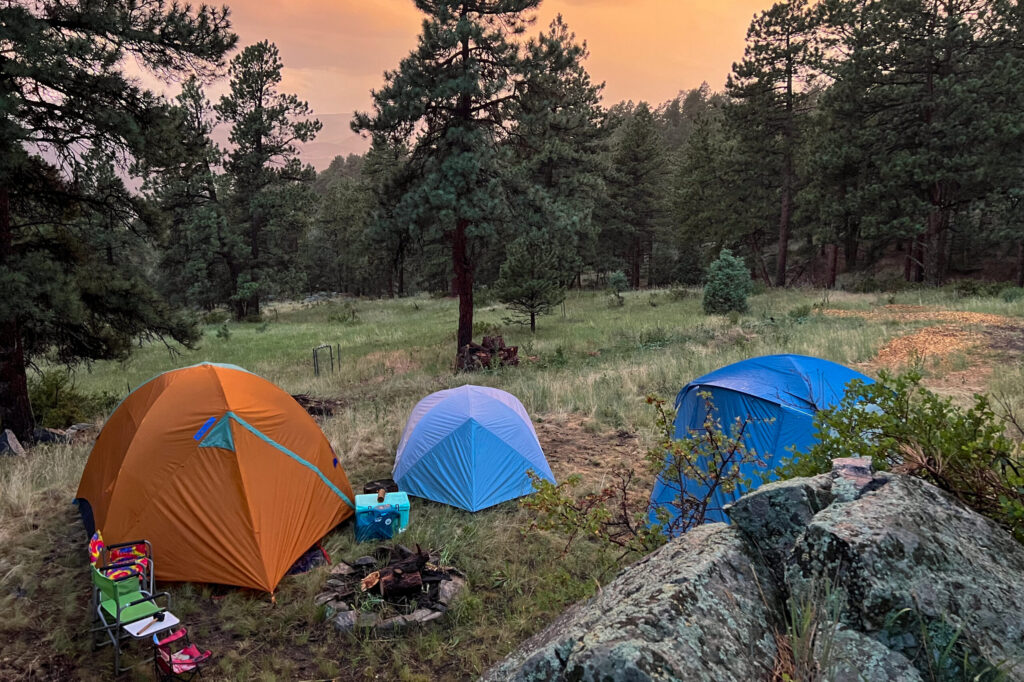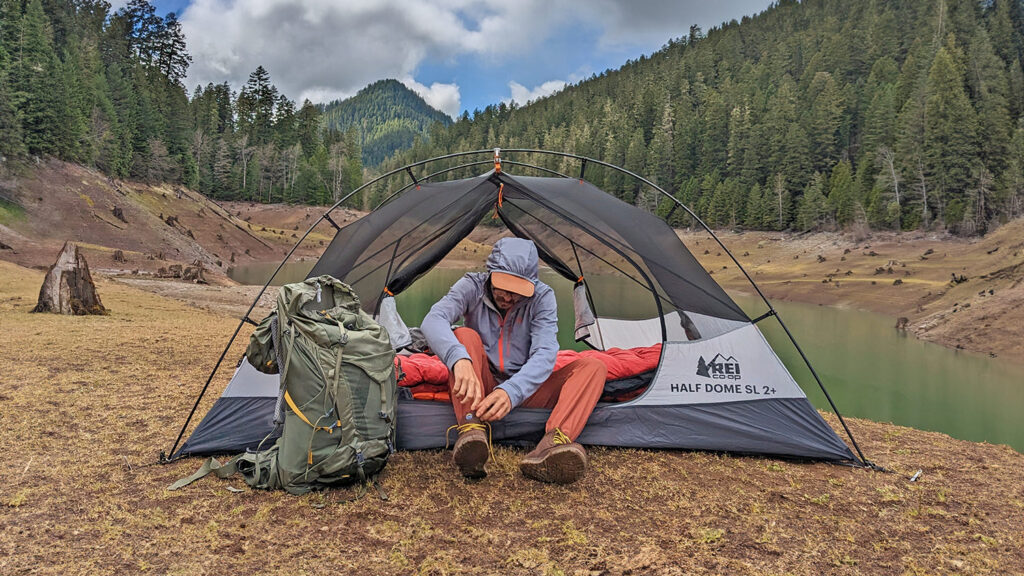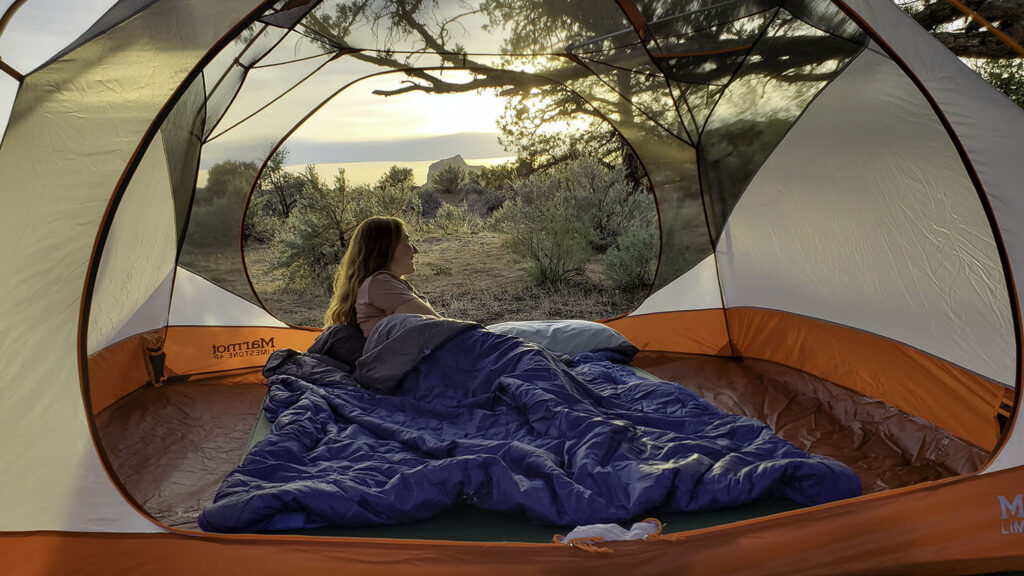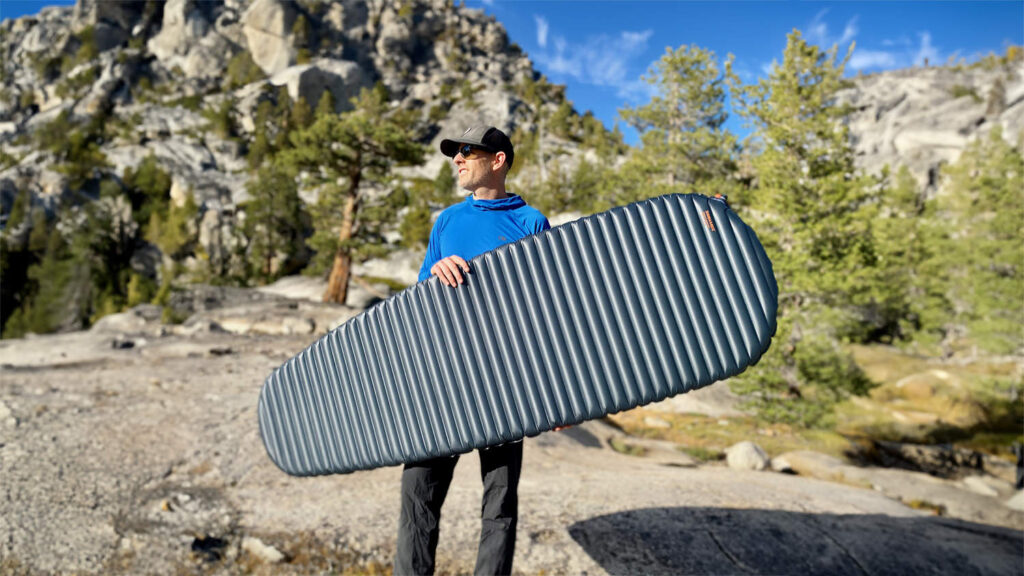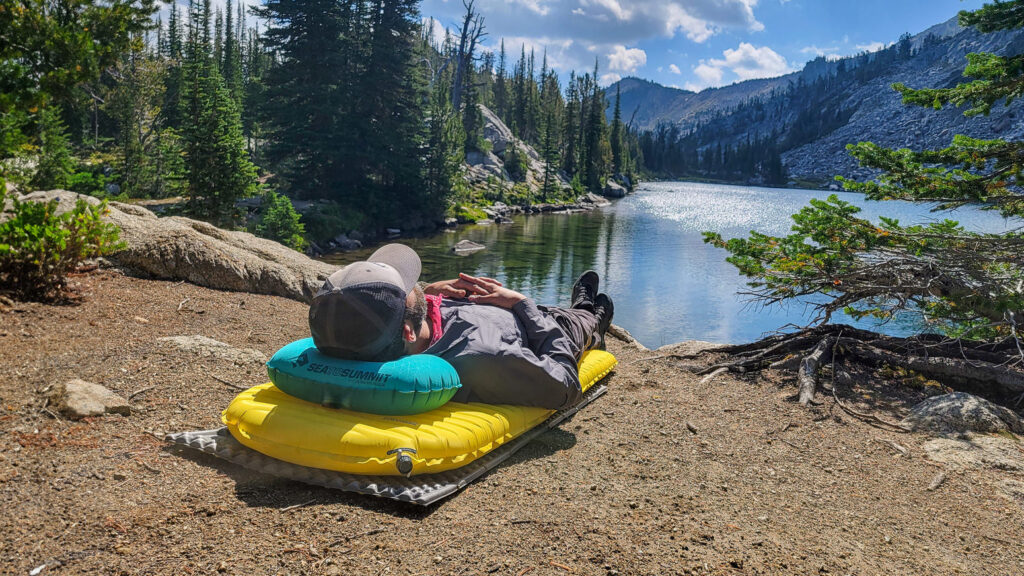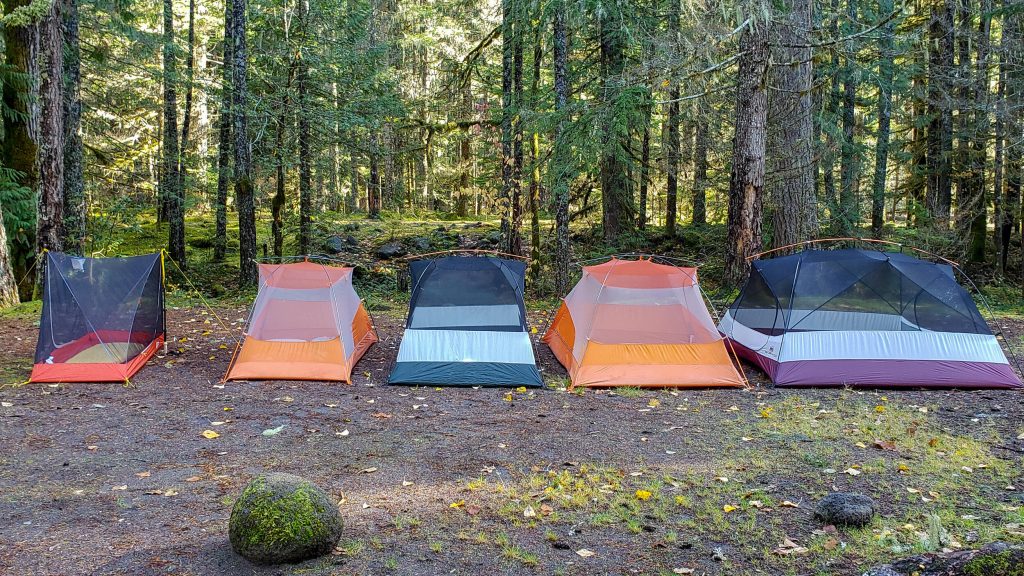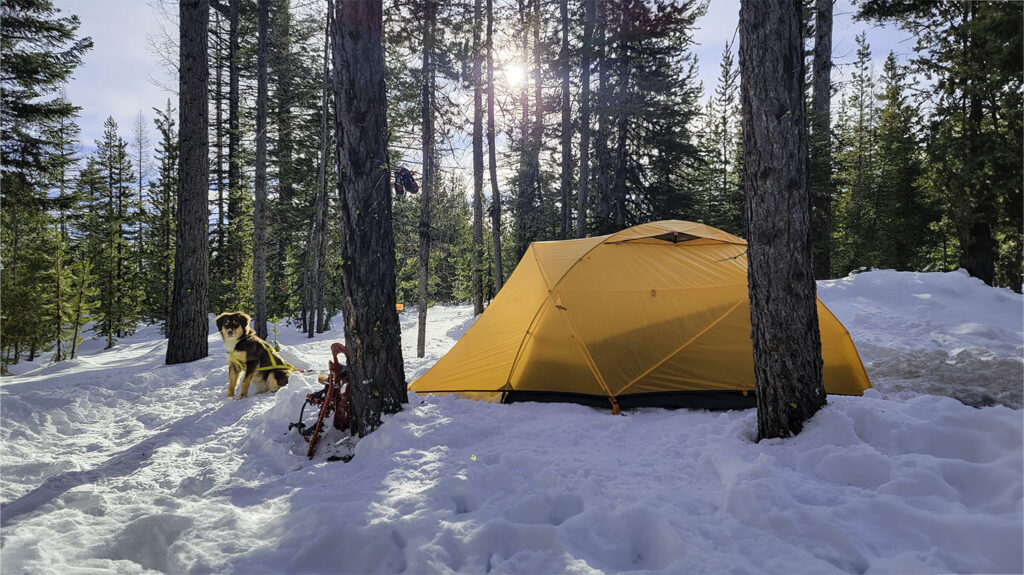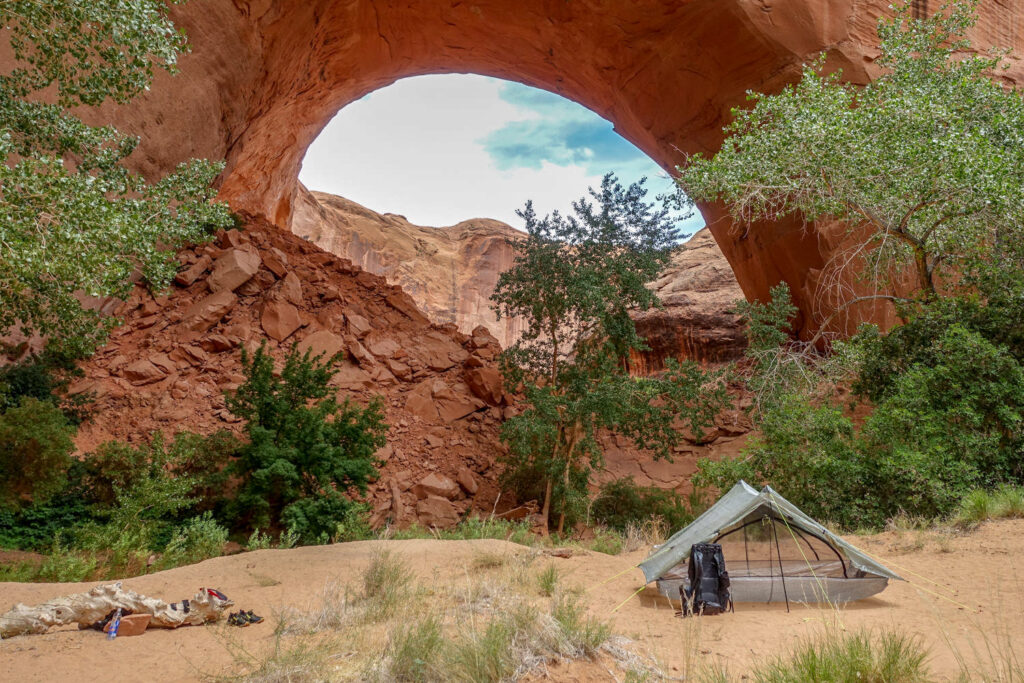
Bottom Line
The BioLite Charge 80 PD is large for a 20,000 mAh power bank but it makes up for its size in durability. It is one of the few power banks we tested with no visible scratches after extensive use. When held in your hand, it feels well-made and gives the impression it can stand up to use in the backcountry. We also like that it recharges faster than any of the other large-capacity power banks we tested, helping to save us time – and potentially money.
Quick Specs
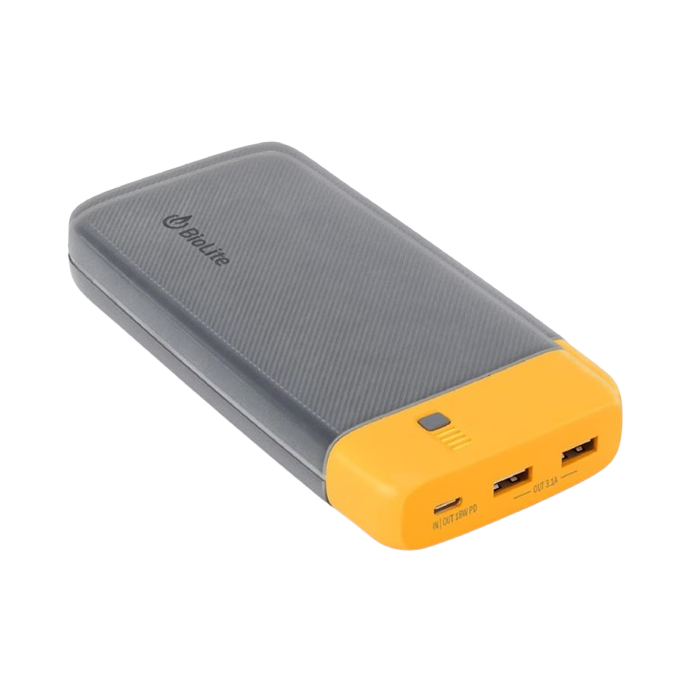
BioLite Charge 80 PD
Best Durable Power Bank
CleverHiker Rating: 63.3/100
Price: $80
Weight: 1 lb. 1 oz.
mAh: 20,000
Time to full charge: 4 hrs
Pros
- Durable
- Charges quickly in comparison to capacity size
Cons
- Heavy & bulky
- Charge indicator can be difficult to read
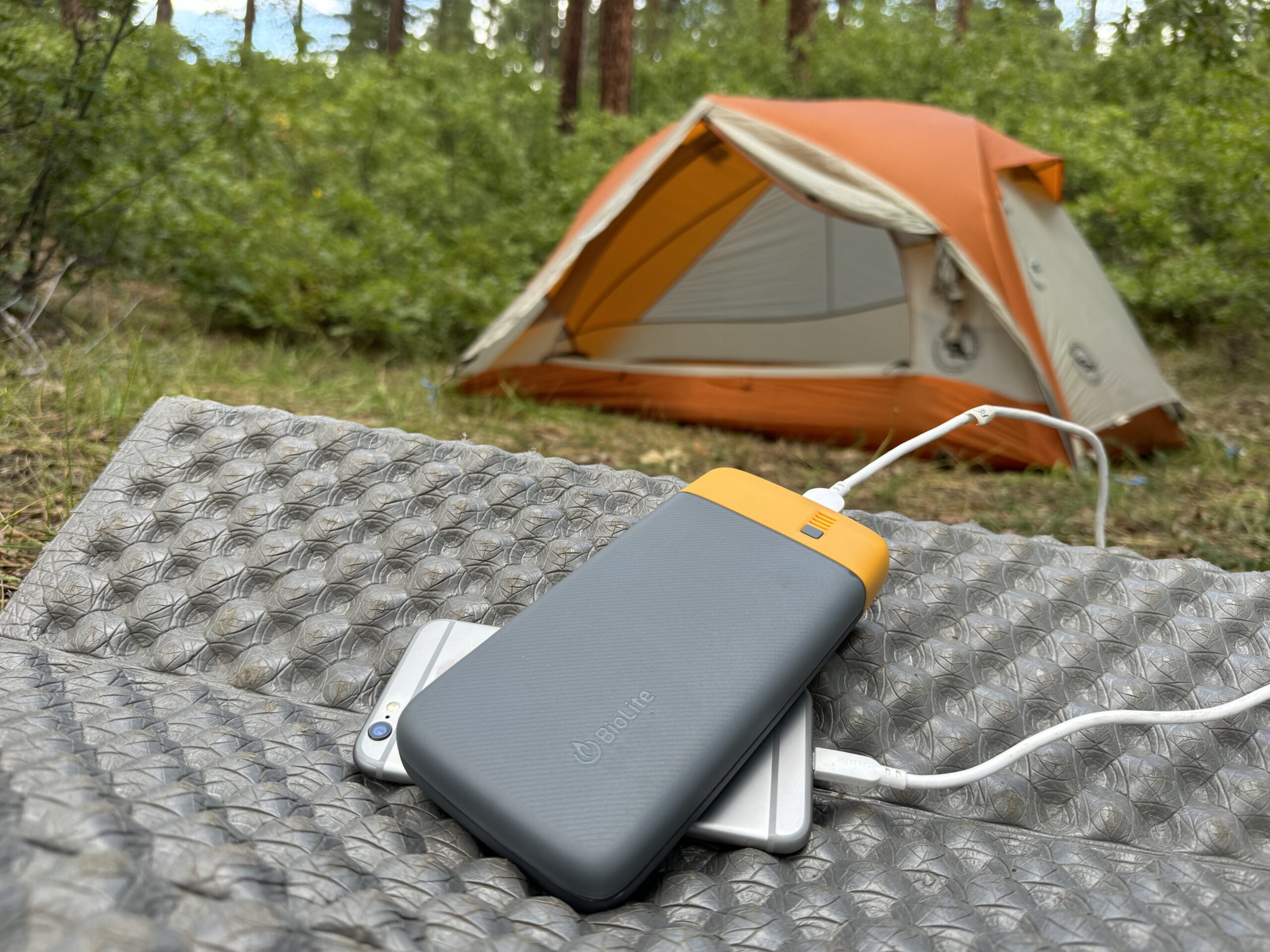
Efficiency
The BioLite is not the most efficient choice for those looking to balance weight to power. Larger-capacity power banks like this one generally weigh more because they have more battery cells. The overall efficiency by weight can be a great way to evaluate how much power is available for every ounce a backpacker carries on the trail. To test for this, we charged the BioLite up all the way, then used a dummy resistor load to consistently draw power from the bank until it was empty. The dummy resistor, in turn, was hooked up to a multimeter that measured how much power was leaving the power bank.
After recording the data and performing some calculations, we found how many Watt Hours were available per ounce of power bank. The BioLite ranked in the lower half of all the battery packs we tested. This power bank is large enough that we didn’t notice the efficiency making much of a difference on weekend backpacking trips. This metric will be more critical for those looking to power their electronics on longer, more remote trips.
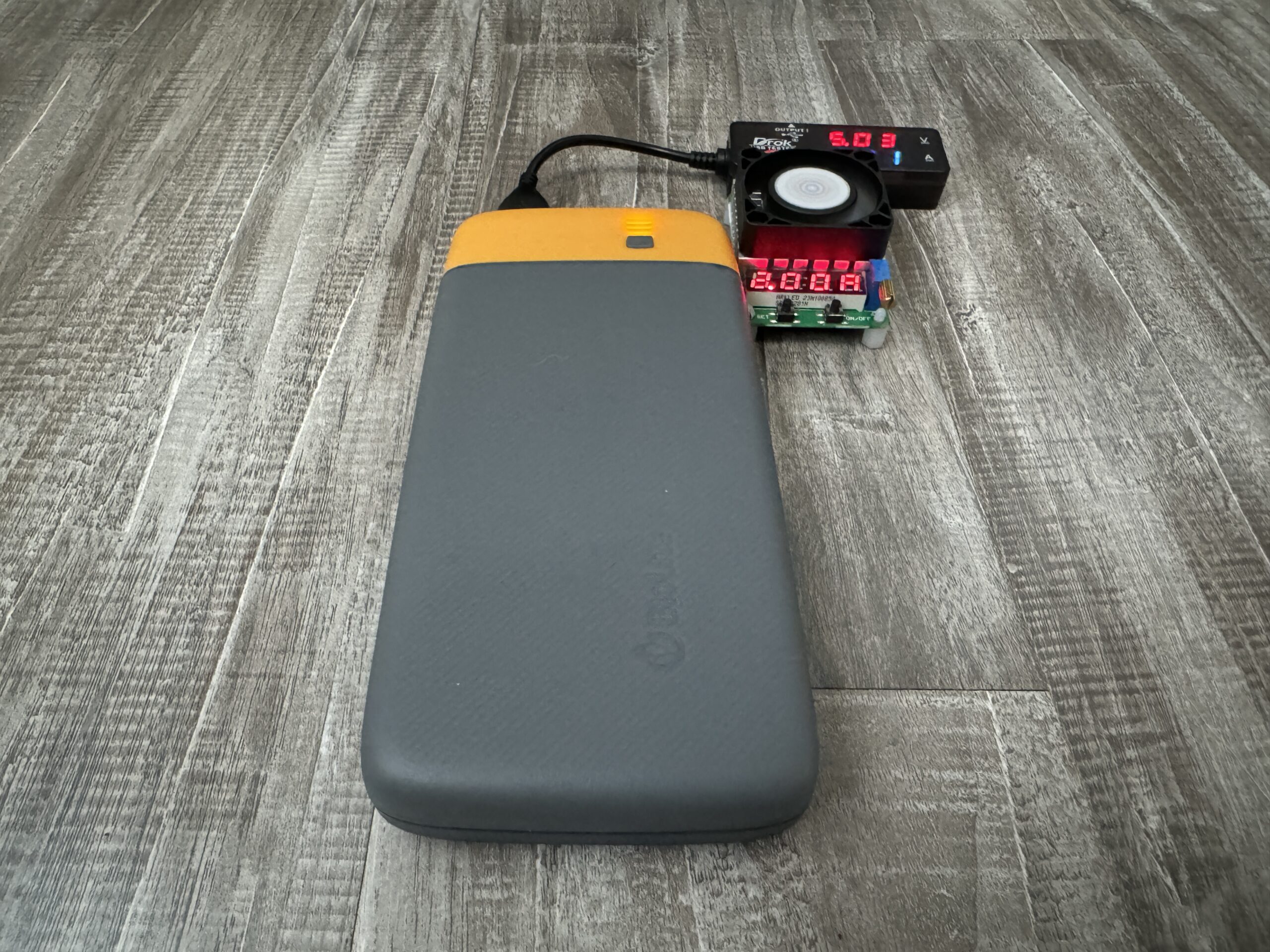
Weight & Portability
The BioLite power bank is enormous and heavy, even for a 20,000 mAh battery pack. Every ounce adds up on a backpacking trip, so balancing weight and performance is essential. From the get-go, it is obvious how much larger the BioLite is than its competitors. It is visually much larger than any similar capacity power bank we tested or already owned. It is also heavier in hand than most of the other models, though it feels less dense than an older 20,000 mAh power bank we happened to have. During our metrics testing, we placed the BioLite on our kitchen scale and measured its dimensions to calculate its total volume. It was one of the heaviest and largest of any of the models we formally tested. We found this to be cumbersome in the field: we often choose other battery packs for a trip because the size of the BioLite is inconvenient. It takes up a lot of room and is heavy enough that it is hard to use a phone while it is plugged into it – unless you have a long charging cord. At the end of the day, the BioLite is not the best option for those who are concerned with weight and overall size.
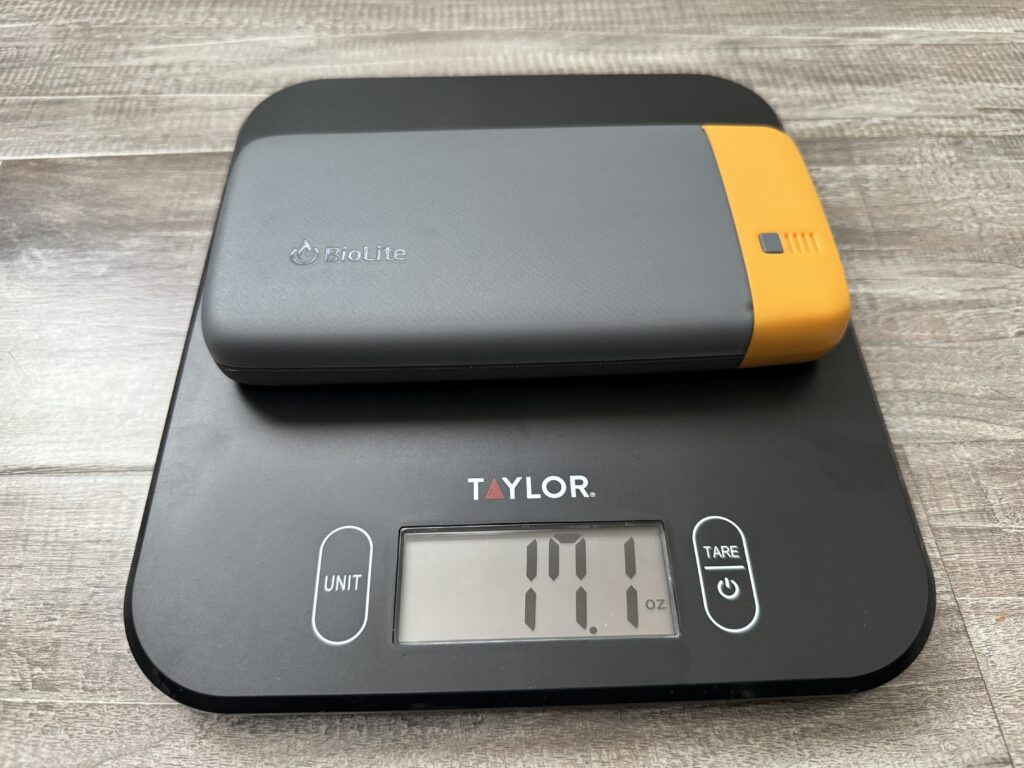
Durability
The major redeeming quality of the BioLite Charge 80 PD is its incredible durability. It is visually apparent that this power bank is sturdy and it feels well-built when picked up. The outer materials are highly resistant to abrasions. We carried this power bank around in a bag full of other power banks for several weeks and used it on multiple backpacking trips. Though many of the different power banks we tested ended up with scrapes, the BioLite still looks brand new, as if it just came out of the box. Beyond cosmetics, we also evaluated how well the power bank stood up to the rigors of the trail. For our side-by-side testing process, we dropped all the power banks from eight feet above the ground onto loosely packed dirt.
We cringed a bit when dropping a few of them for worry that they would break, but that was not the case for the BioLite. We were confident that this battery pack would easily survive the impact, which proved to be the case. It has continued charging various electronics at home and on the trail after being dropped. In the field, the BioLite has stood up to cold, wet weather and long days on the trail. It continues to keep our electronics charged reliably.
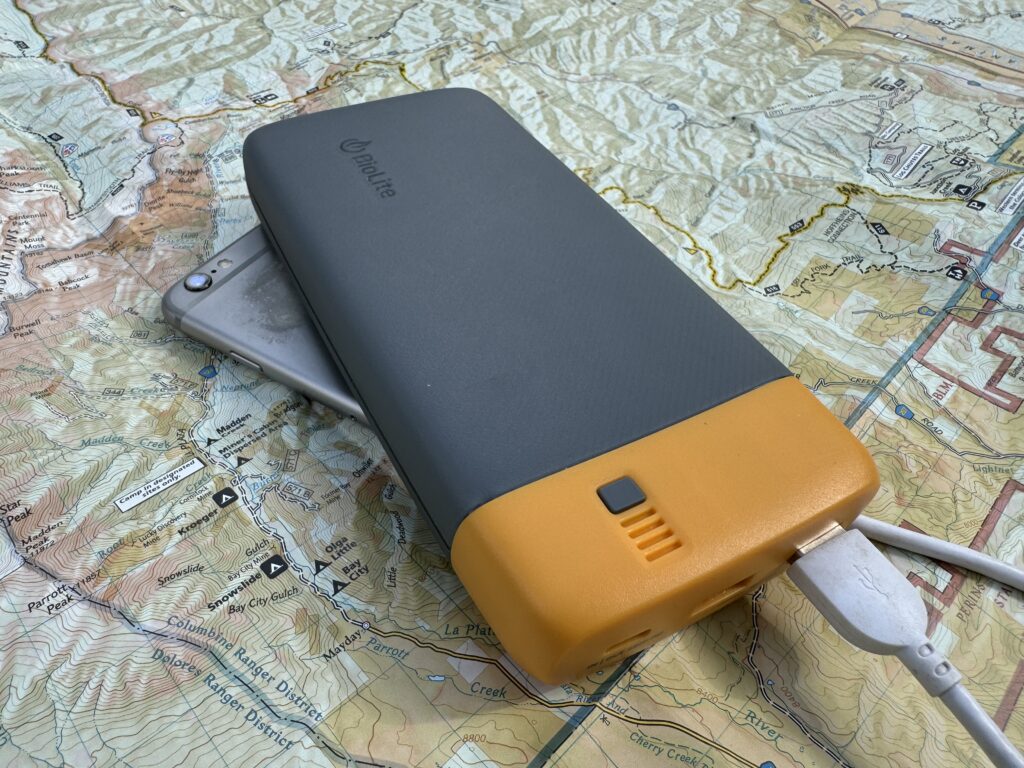
Charging Speed
Another strength of the BioLite is its ability to recharge more quickly than other power banks in its capacity range. Larger battery packs typically take longer to recharge than those with smaller capacity ranges, so buyers should keep that in mind when choosing a capacity size for use on the trail. That said, when we timed how long it takes to recharge the BioLite from empty to full, it was the fastest power bank at or above 20,000 mAh capacity. It was almost as fast as one of the 10,000 mAh banks we tested.
The recharge time didn’t matter much for the trips we went on as they were pre-planned weekend trips. However, this can make a big difference on a thru-hike when hopping in and out of town or on a last-minute trip when trying to get out the door.
Features
The BioLite Charge 80 PD has pass-through charging capabilities and several port options. We like having the ability to charge a phone from the power bank while charging the battery pack simultaneously (pass-through charging), particularly when resupplying in busy towns with limited outlet options.
Likewise, having multiple output options means that multiple electronics can be charged simultaneously. We tend to prefer charging electronics in our tent in the evening while relaxing to prevent overcharging and thus wasting the battery. Having multiple ports means we can continue to use a phone to read or plan the next day while charging it and other small electronics, like a headlamp, simultaneously.
The BioLite has two USB-A output ports and a USB-C in/out port. The USB-C port has quick charging capabilities, putting out up to 18W of power, which means that it can also charge larger electronics such as a laptop.
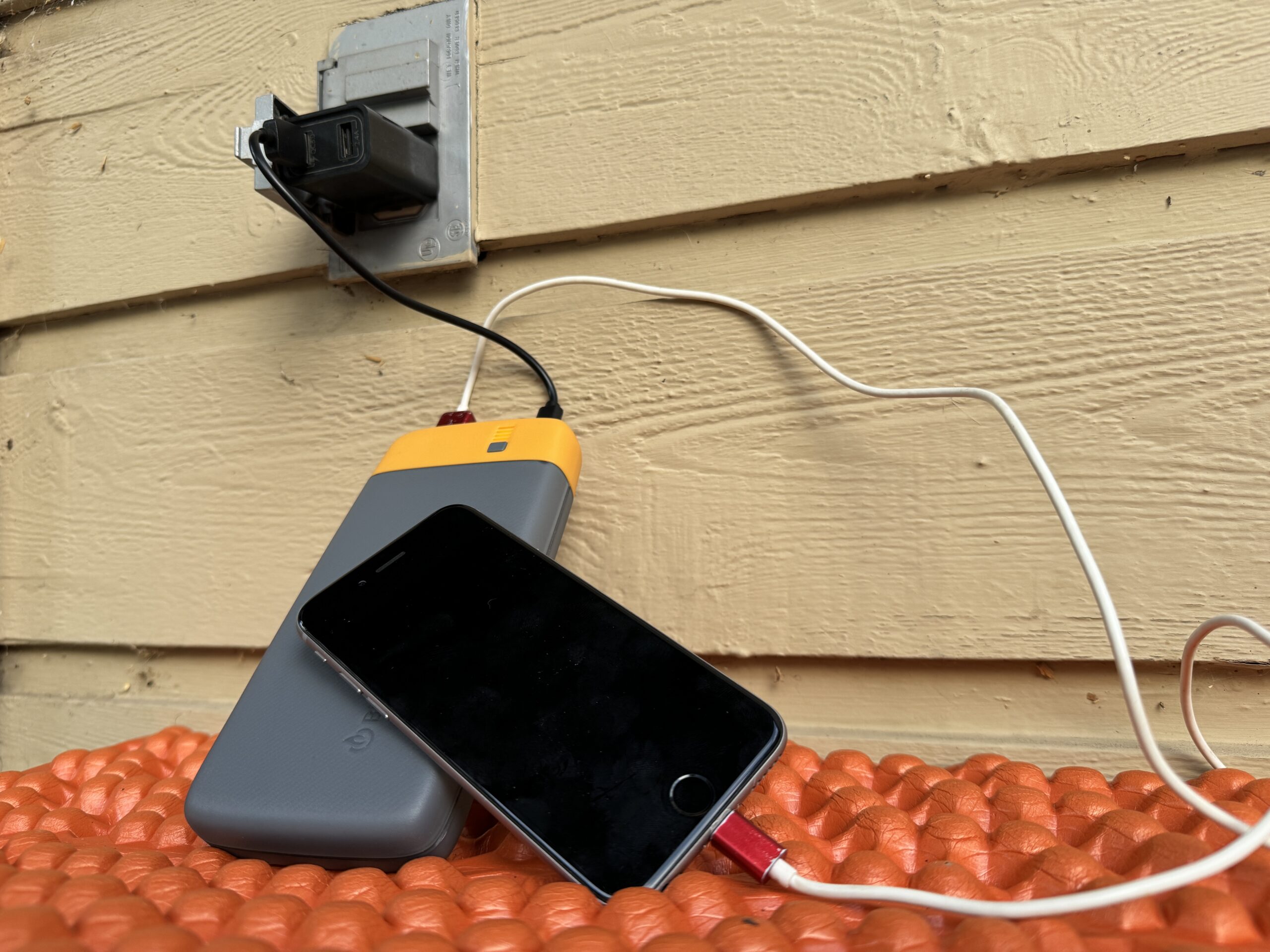
Cold Capability
In cold temperatures, the BioLite has an average performance. According to the BioLite website, this power bank is rated to work from -4°F up to 104°F. During our side-by-side comparison tests, we used the same setup from our efficiency tests to drain the battery, but this time, we placed the whole setup inside a refrigerator. We recorded the same data, performed the same calculations, and then compared the fridge results to the room temperature results.
In the case of the BioLite, it had about a 5% loss of efficiency in the colder conditions. Our experience in the field was that this loss wasn’t noticeable during a cold, damp weekend trip. However, it may make a more significant difference for those looking to backpack extensively in winter conditions for long periods.
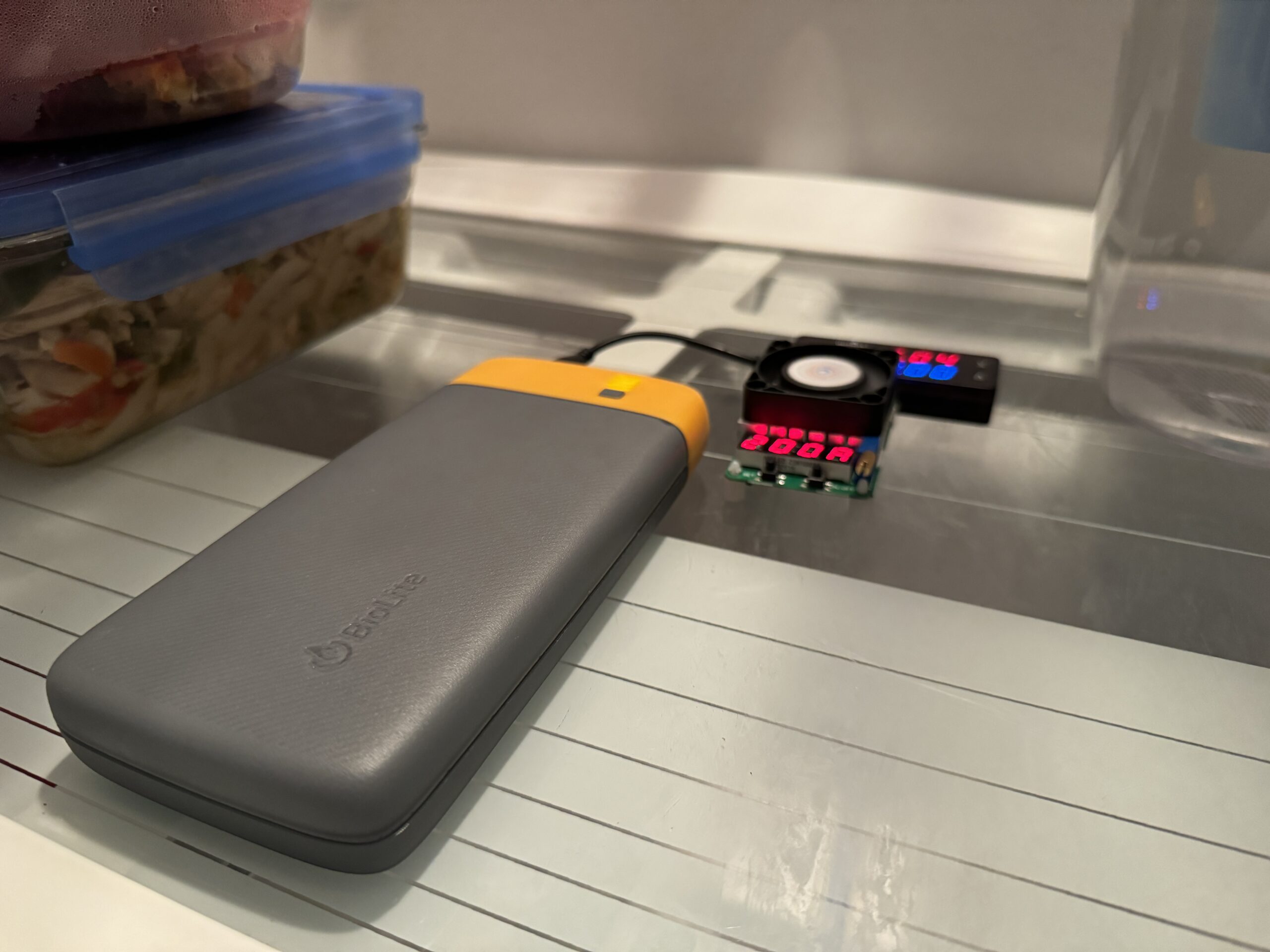
Should You Buy the Biolite Charge 80 PD?
On one hand, the BioLite is highly durable and has a quick recharge time. This makes it an excellent choice for those planning to hike in rugged locations where reliability is more important than weight. This is particularly true if it will be used for long periods or if larger electronics need to be kept charged. On the flip side, the BioLite is extremely large and bulky, even given its battery size. Ultralight backpackers, particularly those hiking well-trafficked trails, will likely find the BioLite a bit over-built for their needs.
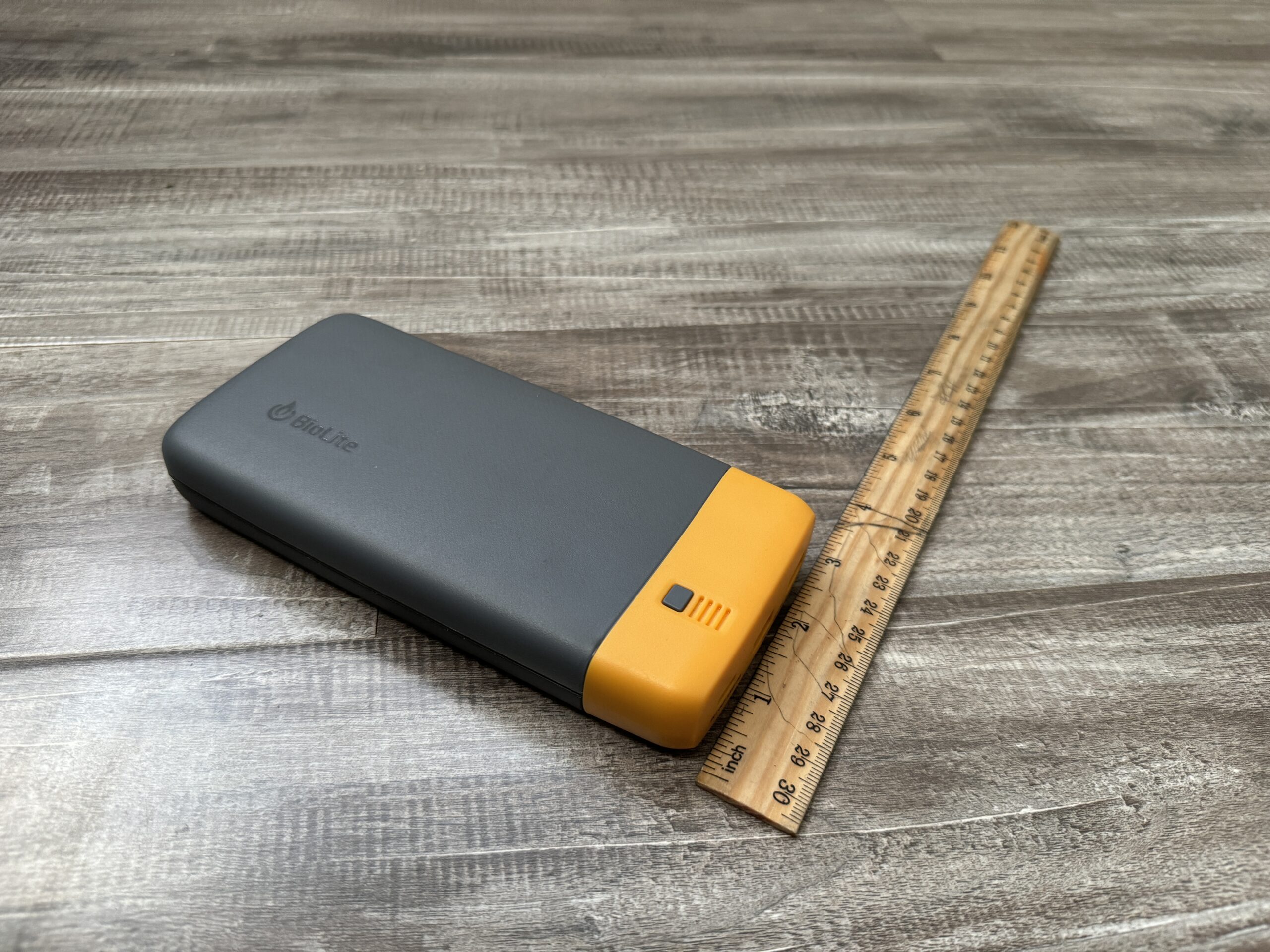
What Other Power Banks Should You Consider?
INIU 20000 PD Review: Another excellent 20,000 mAh option, the INIU trades a slightly less durable design for a lighter weight and smaller size. Another pro is that it has better efficiency – more power available per ounce. For those who are looking to prioritize pack weight, this may be a better option.
Charmast 26800 Review: We love the Charmast both in the field and during our side-by-side testing. Even though it is the largest capacity power bank in our lineup, it beats out many smaller power banks in weight, portability, efficiency, and features. There is just so much power available in this relatively packable bank; it’s an excellent choice for extended trips or when charging many electronics such as cameras and laptops. The biggest downside is that it has a very long recharge time, taking almost seven hours to fill up.
UGREEN 145W Review: For those who need a big power bank capable of charging larger electronics, the UGREEN 145W may be a good option. Though not as durable as the Biolite, it does perform better in cold weather. Its large capacity size, 25000 mAh, and ability to put out up to 140 Watts mean it is well suited to charging laptops while traveling.


